blog
Book Review: Daido Moriyama: A Retrospective
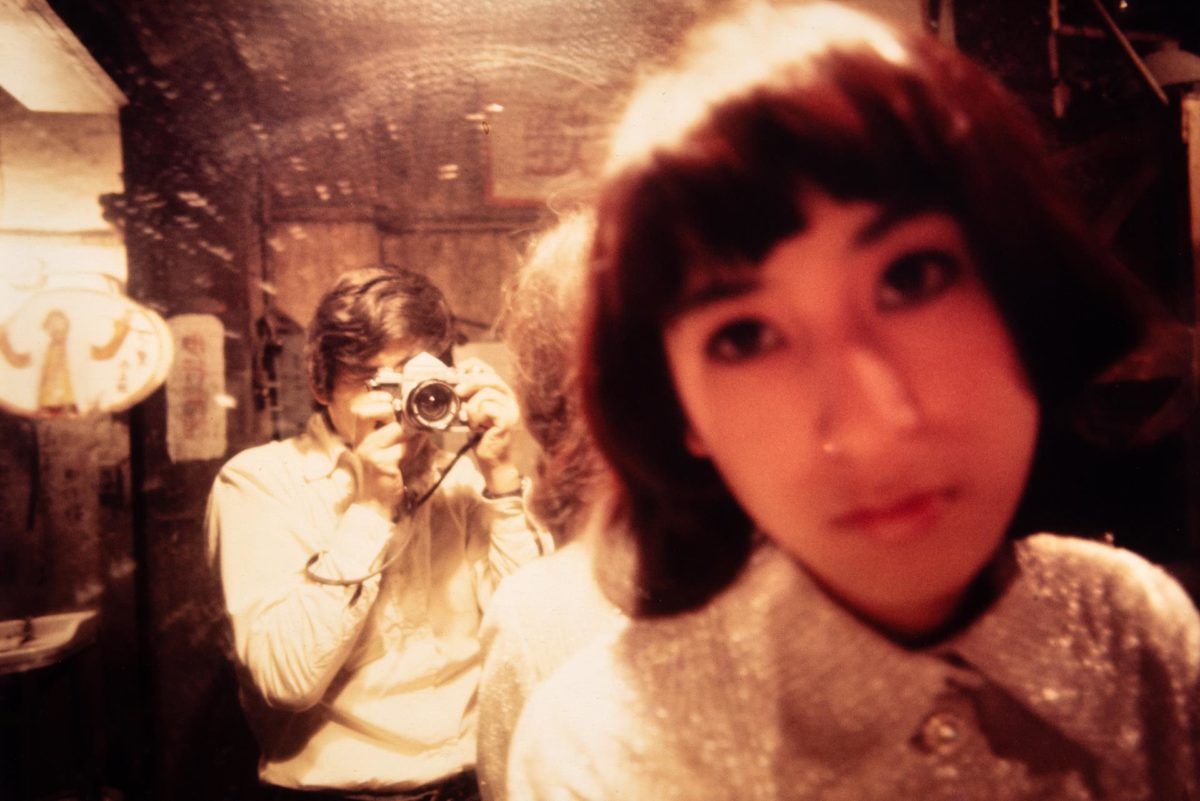
Tokyo, c. 1971. © Daido Moriyama/Daido Moriyama Photo Foundation
Daido Moriyama, widely regarded as Japan’s most important and prolific photographer, has been defying artistic norms for more than 50 years. This detailed and highly anticipated retrospective examines every phase of Moriyama’s vast photography career. It was published in collaboration with the Daido Moriyama Foundation and is based entirely on brand-new research.
Moriyama is pioneering Japanese artist who has consistently developed his own visual style and visual language. More than 190 chronologically arranged photographs from his career are included in this book. They show how his work changed over time, from his early editorial work in the mid-1960s, which focused on the American occupation of Japan and experimental theater, to his radical experimentation in the late 1960s and early 1970s, to the self-reflexive photographs of the 1980s and 1990s, and his continued exploration of cities.

Yokosuka, 1965. From Japan, a Photo Theater. © Daido Moriyama/Daido Moriyama Photo Foundation
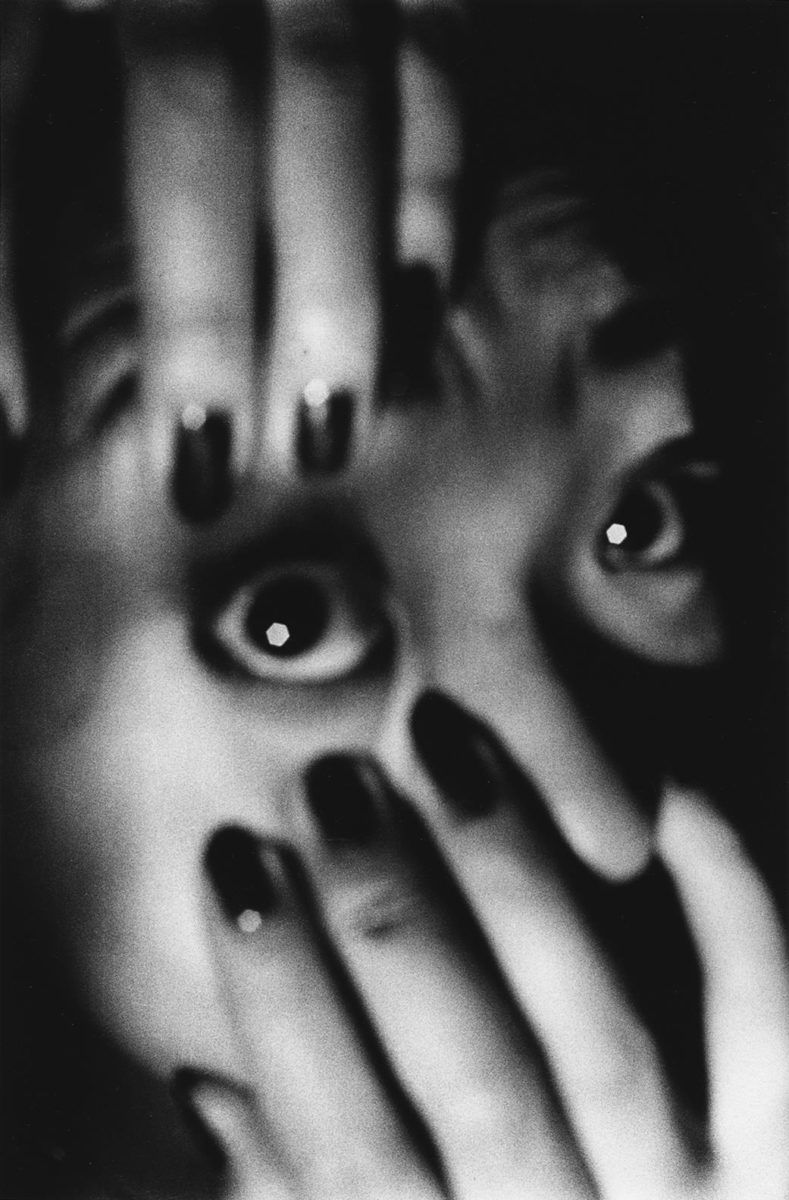
From Letter to St-Loup, 1990. © Daido Moriyama/Daido Moriyama Photo Foundation
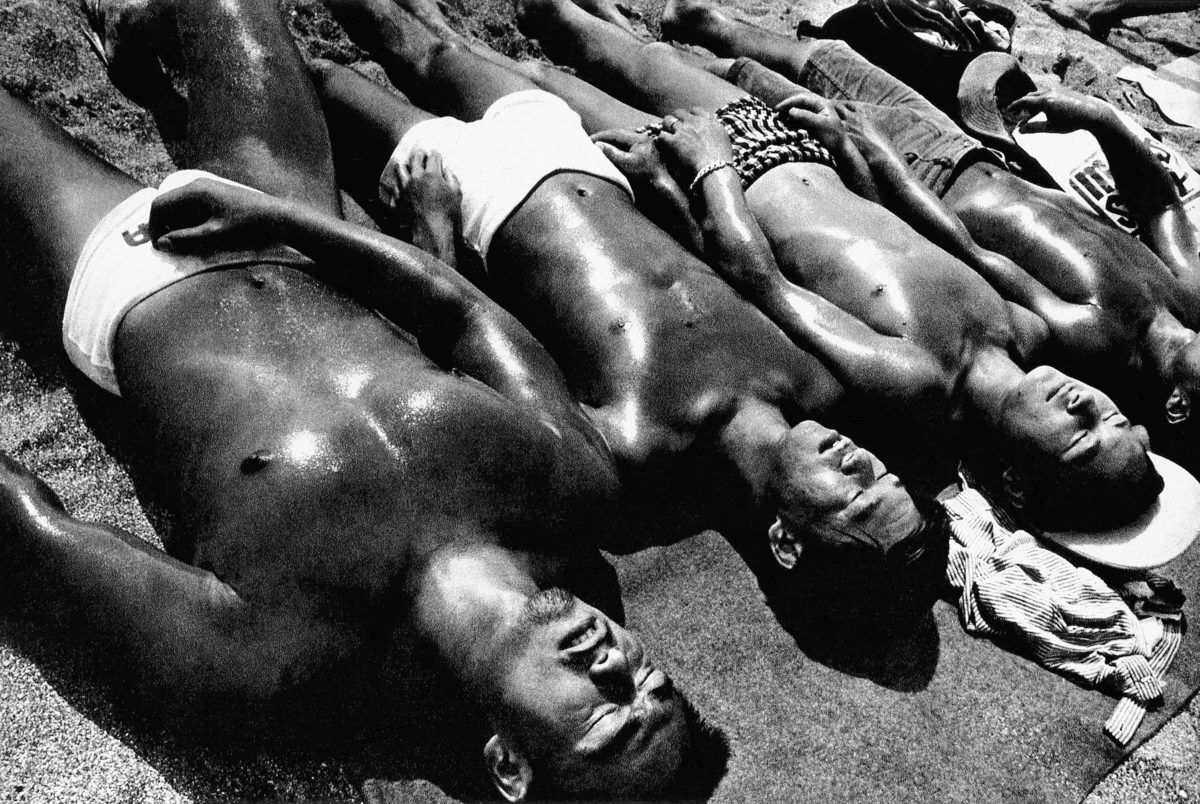
Kanagawa, 1967. From A Hunter. © Daido Moriyama/Daido Moriyama Photo Foundation
While Moriyama’s work sometimes mimicked popular artists like Warhol, or Weegee, he straddled the line of artist and photojournalist. A 1960s Pop Art influence is clearly seen on the cover of ‘A Retrospective’. A glossy-smooth cover, like shiny cellophane on a new product package, wraps a repeating black & white square image of an eye, invoking Warhol’s themes of repetition and celebrity. Inside, the end pages replace the eye pattern with a pair of lipstick covered lips, slightly parted and carrying a heavy Marilyn Monroe vibe. Within the chronologically arranged images in the retrospective, Moriyama’s defining ‘street photography’ style is journalistic with an edge. Subjects are closely cropped in the frame, giving the appearance that the photographer was two paces closer to the action than normal… maybe uncomfortably close, which also often presents images which are stark, slightly blurry or out of focus (or both) – Moriyama was definitely not afraid to challenge the norm.

Male actor playing a woman, Tokyo, 1966. From Japan, a Photo Theater. © Daido Moriyama/Daido Moriyama Photo Foundation
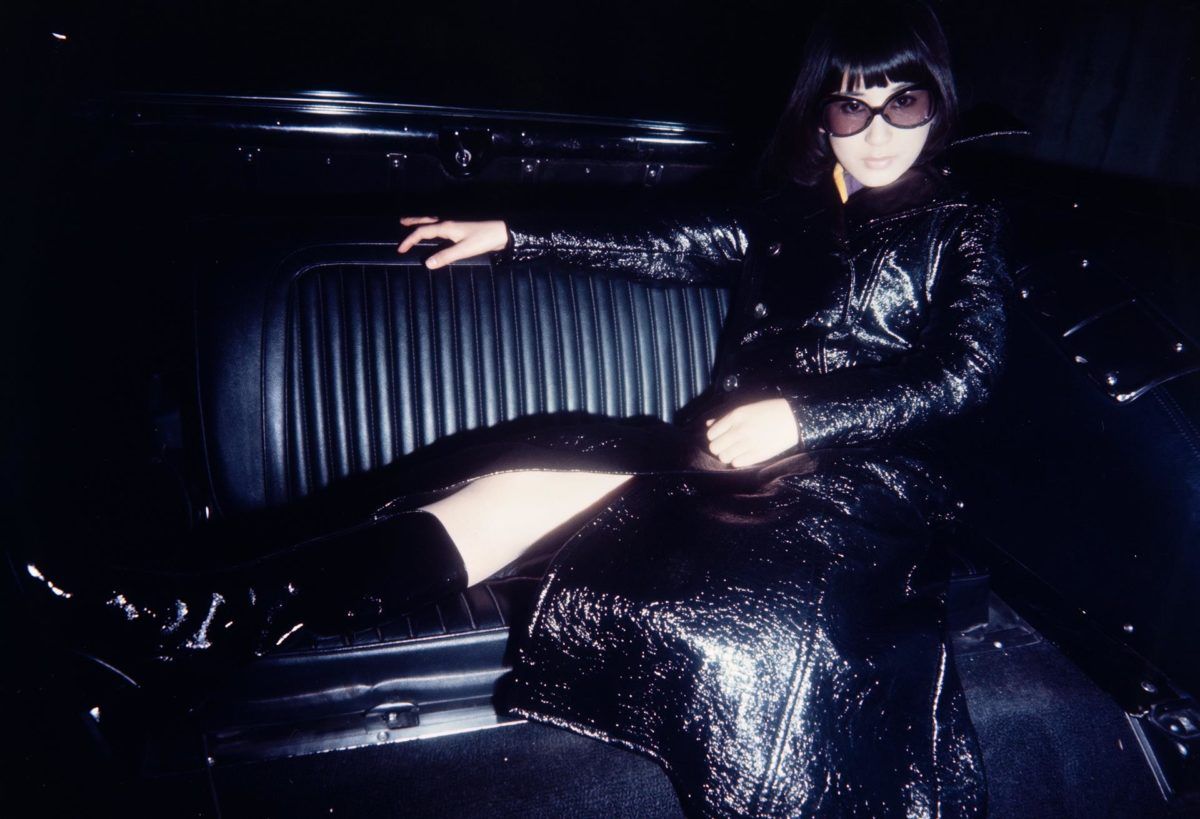
Tokyo, 1971 © Daido Moriyama/Daido Moriyama Photo Foundation
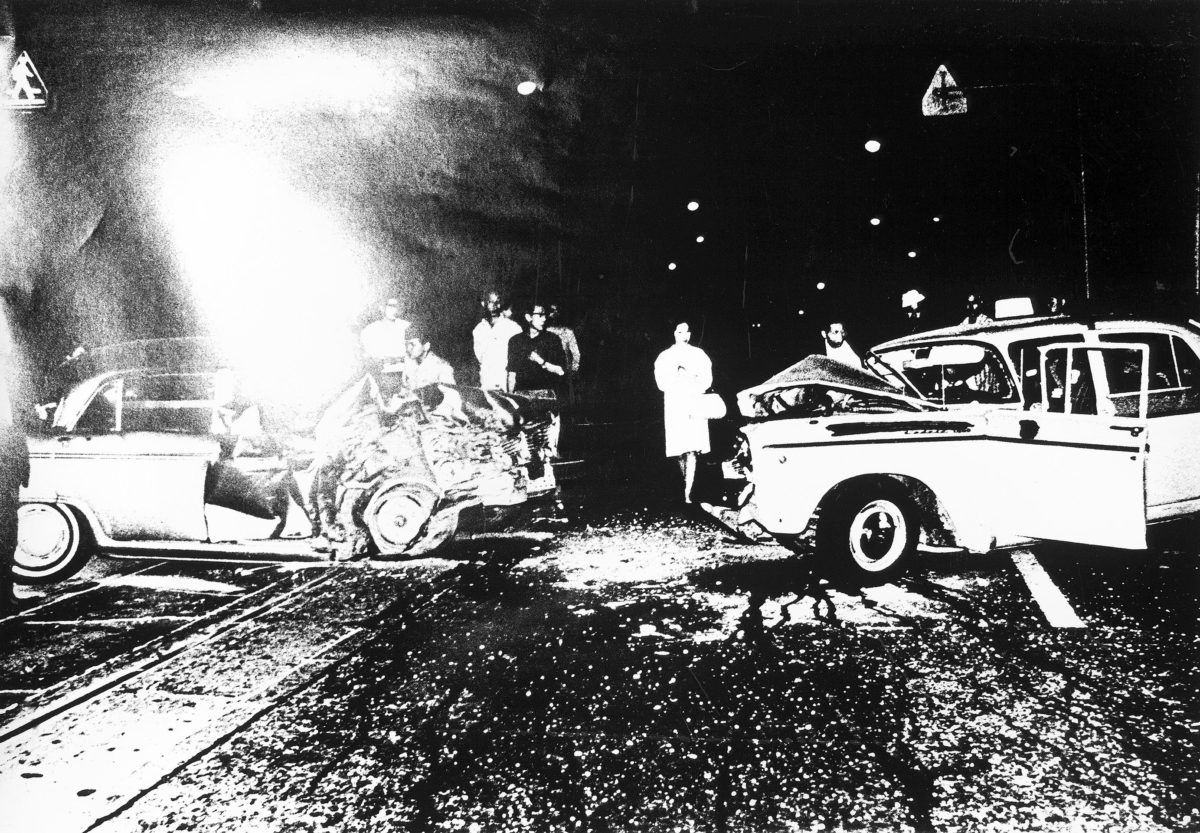
Tokyo, 1969. From Accident, Premeditated or not. © Daido Moriyama/Daido Moriyama Photo Foundation
Moriyama worked in a journalistic manner – but he bucked the traditional system and published in multiple publications despite the oversaturated mass-media landscape of Japan in the 1960s and 70s. Images of Robert F. Kennedy’s assassination really affected him personally, and in response Moriyama made his own copies. He re-photographed images from magazines, newspapers, and television, and published them in Asahi Camera in 1969. He accompanied police to crime scenes to film the immediate aftermath of incidents in another series that year called ‘Accident.’ By doing this, he worked as an objective, direct observer. He intentionally avoided the press’ inclination to convey information from secondary sources or outside witnesses. In both projects (RFK’s assassination, and ‘Accident’) he explores and questions the photographer’s function as someone with the authority to give a condensed or ‘packaged’ image of the situation.
Moriyama viewed himself as inseparable from his photographs, and he criticized his contemporaries who “sought to ‘capture’ reality from a detached perspective.” Moriyama says, “They are on the outside of reality all the time. Even their bodies. And that’s why their photographs are, plain and simple, only representations.” Moriyama’s famous 1971 shot of a menacing dog (Stray Dog, Misawa, 1971) is also inseparable from the iconic nature of its photographer, who often said the dog personified himself as ‘an urban, alley-prowling rambler. The image is direct, raw, and iconic. A more apt and direct Moriyama quote for this image is: “I wander around, glare at things, and bark from time to time…. Something there is close to how I look at things and to how I probably appear when I’m wandering.”
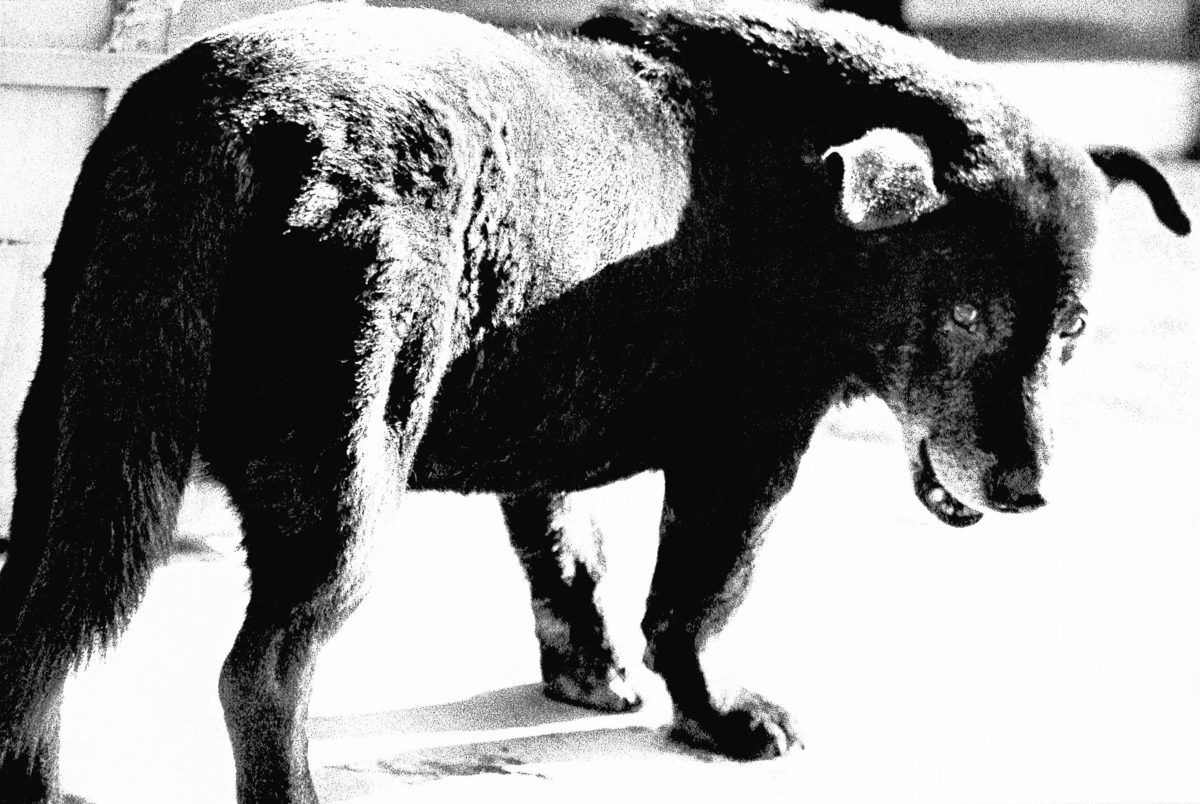
Stray Dog, Misawa, 1971. From A Hunter. © Daido Moriyama/Daido Moriyama Photo Foundation

Yokosuka, 1970. © Daido Moriyama/Daido Moriyama Photo Foundation
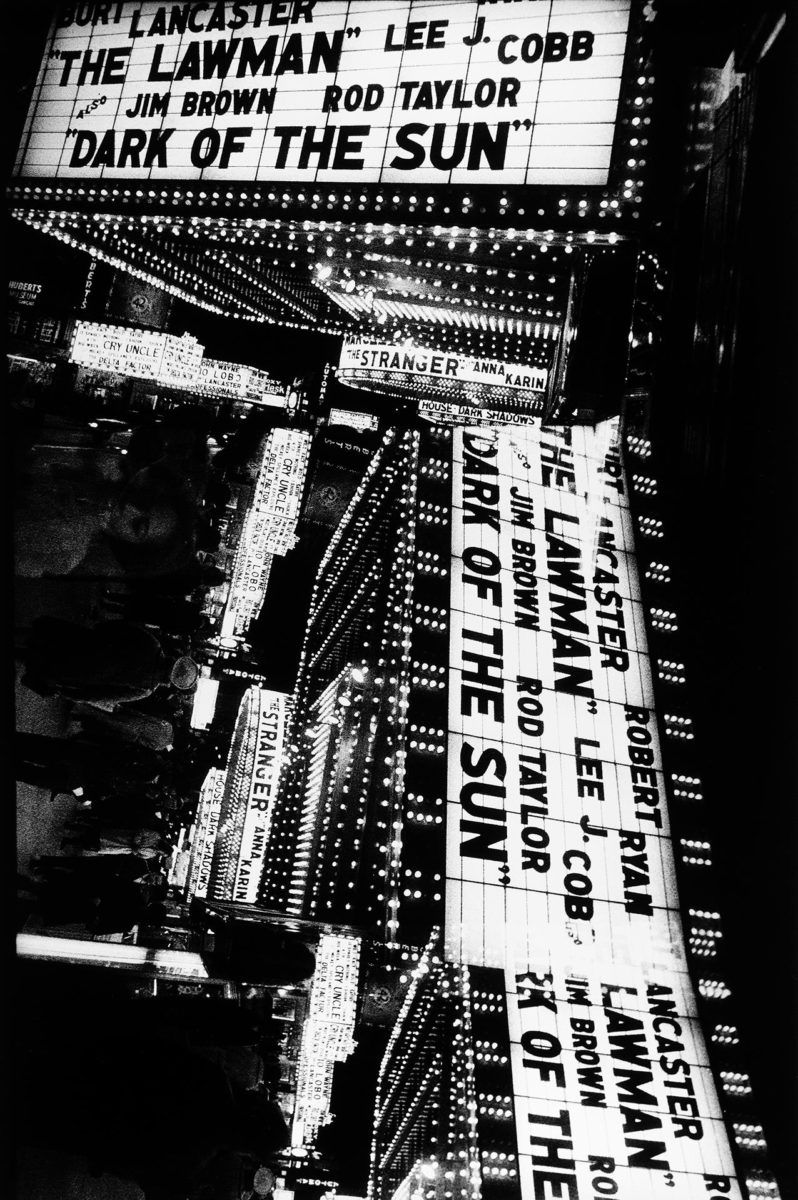
New York, 1971. © Daido Moriyama/Daido Moriyama Photo Foundation
The retrospective includes 190+ classic images from Mariyama’s archive, and also more than 400 samples of magazine spreads and images from some of Moriyama’s rarely seen publications. The latter half of the book contains essays by the editor, Thyago Noguerira, as well as prominent Japanese academics, a personal essay by Moriyama, and an extensive timeline of his life and career. This extraordinary retrospective book further reframes Moriyama’s legacy and is surely a definitive publication of his life’s work.
::
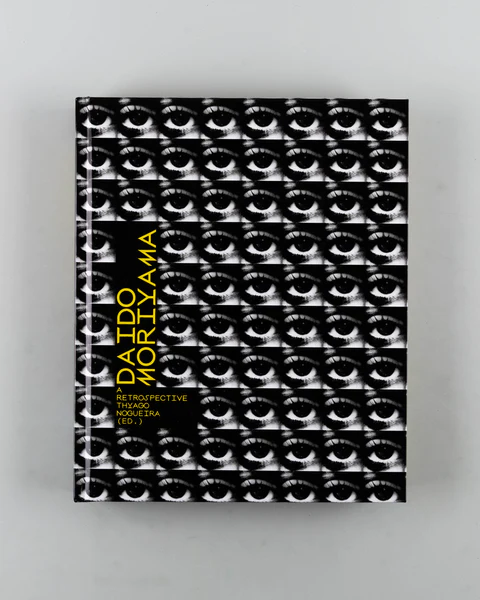
Daido Moriyama: A Retrospective
Photographs: © Daido Moriyama
Edited by Thyago Nogueira
Instituto Moreira Salles (Brazil) © Prestel Verlag, Munich · London · New York, 2023.
Published by Prestel: https://prestelpublishing.penguinrandomhouse.de/book/Daido-Moriyama-A-Retrospective/Thyago-Nogueira/Prestel/e610511.rhd
Daido Moriyama Foundation: https://www.moriyamadaido.com/en/
Instituto Moreira Salles: https://ims.com.br/
::
Daido Moriyama: A Retrospective is now on view at C/O Berlin (May 13–September 7, 2023) and travels to The Photographers’ Gallery in London (October 6, 2023 – February 25, 2024). Both the exhibition and catalogue were originally conceived by Instituto Moreira Salles, Brazil, where Thyago Nogueira works as the head of the Contemporary Photography Department.
C/O Berlin: http://www.co-berlin.org/en/program/exhibitions/daido-moriyama
Location: Online Type: Book Review
Events by Location
Post Categories
Tags
- Abstract
- Alternative process
- Architecture
- Artist Talk
- Biennial
- Black and White
- Book Fair
- Car culture
- Charity
- Childhood
- Children
- Cities
- Collaboration
- Community
- Cyanotype
- Documentary
- Environment
- Event
- Exhibition
- Faith
- Family
- Fashion
- Festival
- Film Review
- Food
- Friendship
- FStop20th
- Gender
- Gun Culture
- Hom
- home
- journal
- Landscapes
- Lecture
- Love
- Masculinity
- Mental Health
- Museums
- Music
- Nature
- Night
- nuclear
- Photomontage
- Plants
- Podcast
- Portraits
- Prairies
- Religion
- River
- Still Life
- Street Photography
- Tourism
- UFO
- Water
- Zine

Leave a Reply